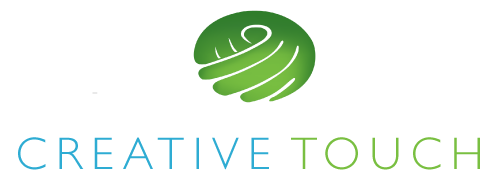Listening into myself through others – Part 3: Nourishing the skill of listening
As I mentioned, I am a driven person. It is easy for me to become immersed in a task and lose all sense of time. This includes anything from spending my time with people, to working on a given project. It has motivated me with regards to my work and finding balance in my life. Thankfully I have an internal timing mechanism that presents as neural pain that reminds me at regular intervals throughout the day to take a short break, exercise regularly or to simply stretch. I have developed impeccable body awareness because physical discomfort is part of my daily experience. Over time, I have learned to tap into another listening skill (my inner voice) to inherently know what my body needs when signalling various physical symptoms. Most importantly I manage my physical discomfort on a daily basis to maintain balance for myself.
My symptoms are intimate physical cues to preserve my body and soul, tuning in to listening to what I need. I choose to experience this in an empowering way of me knowing and understanding where my boundaries are. By listening to myself and my needs, the balance I have in my life is so much more powerful than just pushing myself through things. Ironically, it’s a physical gift!
Through listening so intently to myself, I have found that people are naturally drawn to sharing their personal stories with me. I have allowed myself the space to do my best thinking within my own power zone and can cultivate that space for another.
It is necessary as the listener to listen to understand what the other is really wanting to communicate. I had to really listen to my body’s plea’s, which meant I had to adjust my posture or take a break to reduce my symptoms rather than just pushing through a given task. Listening is directly related to our emotional connection and vested interest in the other person. It becomes necessary to monitor our own triggers, listening to ourselves first, which allows optimal interpersonal communication to be effective. This relationship that we build within ourselves strengthens the relationships that we can bring forward in our day to day lives.
Sincere gratitude to all my lecturers and fellow classmates at SACAP for facilitating this learning process for me.






